(August 28, 2024) The lasting impression one gets after chatting with Rajeev Alluri is that he is a man on a mission. The mission is to make Indians fall in love with the bountiful wildlife heritage our country is blessed with.
The 30-year-old entrepreneur co-founded Wild Panthera in 2021, which offers unique customized trips to some of India’s best-known wildlife destinations, where the focus is on a holistic experience in the wild, as much as it is about animal sightings. With a vision to transform the Indian wildlife experience, the young entrepreneur is passionate and driven about the natural world, which makes him ideally placed to look at tourism with a different lens.
Going beyond the regular routine of spotting a tiger in the wild, he curates unique experiences that delve into the local history, art, architecture, food, and folklore of the hinterlands. From spotting red pandas in the North East to snow leopards in Ladakh, Rajeev promises to take people on a journey of a lifetime. The Penn State grad tells Global Indian how he moved away from a successful career in the US to return to India and follow his calling.
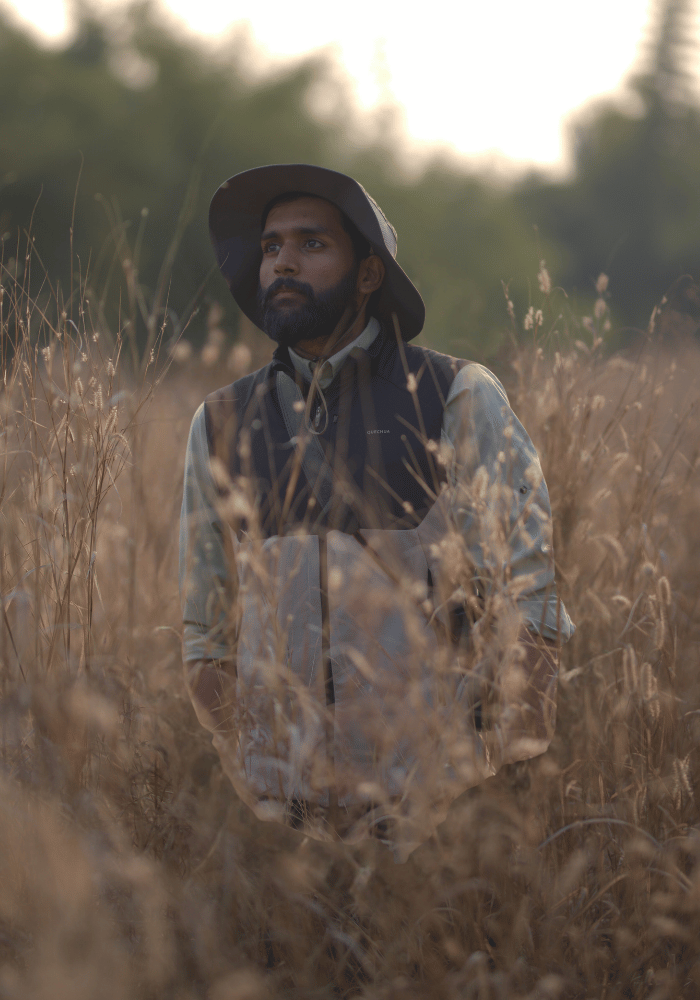
Rajeev Alluri
Early experiences
Rajeev has been connected to wildlife all throughout his life thanks to his father, Satyanarayana Raju, an avid wild life enthusiast, and his uncle Bobby, who runs the eco-lodges in Hampi, Karnataka.
“We had a house in Hampi, where I spent most of my vacations. The visits instilled an early passion for the wild due to the abundance of nature I was exposed to, from smooth-coated otters to leopards,” he shares. Being an avid birder, he also explored the birding spots in Hyderabad, which further cemented his love for the natural world.
When he moved to the US (as a student at Penn State and later during his job as an actuarial analyst in New York and Florida), he remained at a distance from the calls of the wild. However, it was his stint abroad that helped him pick up the nuances that help him run his firm. He says, “There are no dedicated wildlife experiences in the US, definitely not similar to the ones in India. But what I picked up from my stint in the US is to understand how others view India, which gave me a global perspective that would have been difficult otherwise.”
Setting out into entrepreneurship
When he moved back to India in 2018, Rajeev initially planned to pursue his masters in Scotland. Fate, however, had other plans for him, as the entrepreneur in him realized that ‘it was now or never’ that he could pursue his love for the wild.
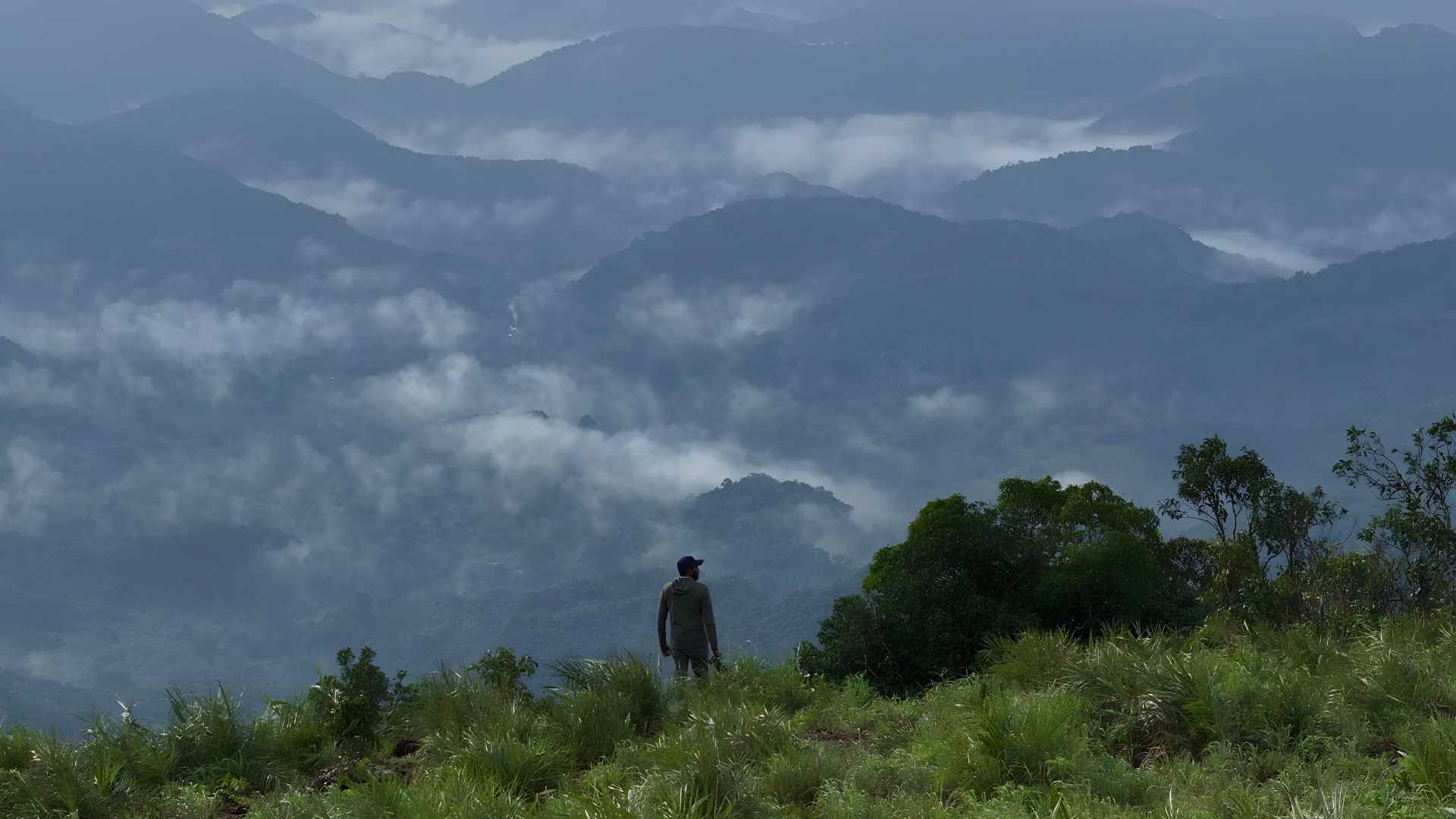
When he visited popular wild life haunts in Central India, he realized that there was a vacuum and set off to fill it. To shore up his knowledge, he took a professional naturalist course at the Satpura Tiger Reserve in Madhya Pradesh, and, to quote a cliché, he never really looked back!
He states, “To really showcase a forest to the guest, you need to have a lot of knowledge, ranging from the flora and fauna of the region to the mammals and microscopic creatures that call the forest home, along with an understanding of the culture and natural history of the land. While this is a continuous journey, a naturalist’s course lays a great foundation.”
Along with his friend Ramanuja Reddy, whom he knew since his student days, Rajeev started Wild Panthera as a bridge between tourists, the forests, and the local communities.
Journey into the wild
While more and more Indians are exploring the treasure trove that is our national parks, there remains a glaring gap in the last-mile connectivity and variety of experiences they can have. While tiger travel remains the face of Indian wildlife tourism, there are a wealth of other experiences one can have that remain unknown to most travelers.
“Wildlife experiences can be transformative. Apart from the traditional jeep safaris, imagine glamping by the core forest, walking with indigenous communities in prime Tiger Country, exploring deep forests on foot (walking safari), canoeing in streams and rivers that originate from the forest, all while staying in classic wildlife lodges like the Samode Safari Lodge and Reni Pani, which offer a masterful blend of design, luxury, and local architecture. Having a good guide is key to savoring these experiences, and we have a team of naturalists’ who curate memorable trips,” he says.
View this post on Instagram
This is where Wild Panthera steps in. After a detailed call with the clients, they customize a personalized tour based on a number of criteria, ranging from previous travel experiences to the season in which they are planning to travel and their expectations. Their aim is to introduce wilderness to people in the right way so that they become ambassadors of travel into the wild.
How do they do that? By having a professional naturalist design and execute complex itineraries. Their team of naturalists is well-traveled and has immense experience leading expeditions themselves, giving them profound on-the-ground knowledge of each destination. The firm has partnered with multiple lodges and service providers across wildlife destinations in India.
Their tailor-made itineraries offer a chance to indulge in the unexpected, be it experiencing the unique lives of India’s tribal communities (from Gonds to Chenchus) or cooking with locals and understanding their way of life.
On the fast track
Having spent a lot of time in Indian forests, Rajeev understands the issues at the grassroots level. A proponent of sustainable growth, he says, “Ecotourism and conservation go hand in hand. When lodges are built in remote areas, they create jobs for the locals and provide opportunities that do not exist. While generating revenue for local communities, it also reduces their dependence on agriculture around protected forests, thereby reducing man-animal conflict.”
Having keenly read the works of authors like Salim Ali, Jim Corbett, and M.K. Ranjitsinh, Rajeev is a firm believer in the potential of eco-tourism.
Currently working towards prospects of developing offbeat experiences in the Amrabad Tiger Reserve in Telangana and maybe setting up a lodge in the future (in the coming decade, he smiles), the entrepreneur is off exploring unique destinations. When not being one with the wild, he loves spending time with his wife, Nitya, and playing pickle ball with a group of close-knit friends.
As one imagines the sun setting over the untamed landscapes Rajeev Alluri is so passionate about, one thing becomes clear: he is here to offer transformative journeys. As he continues to carve paths through the wilderness, he reminds us that the true essence of travel lies in the stories we create, the bonds we form, and the legacy we leave behind.
View this post on Instagram
Quick takes:
- India’s best wildlife destination: Satpura National Park
- One wildlife destination everyone should visit: Panna National Park, Corbett
- Most beautiful/picturesque wildlife destination: Singalila National Park
- Emerging destinations one should not miss: Bori Wildlife Sanctuary in Madhya Pradesh and Uley in Ladakh.
- Follow Wild Panthera on Instagram and their website.


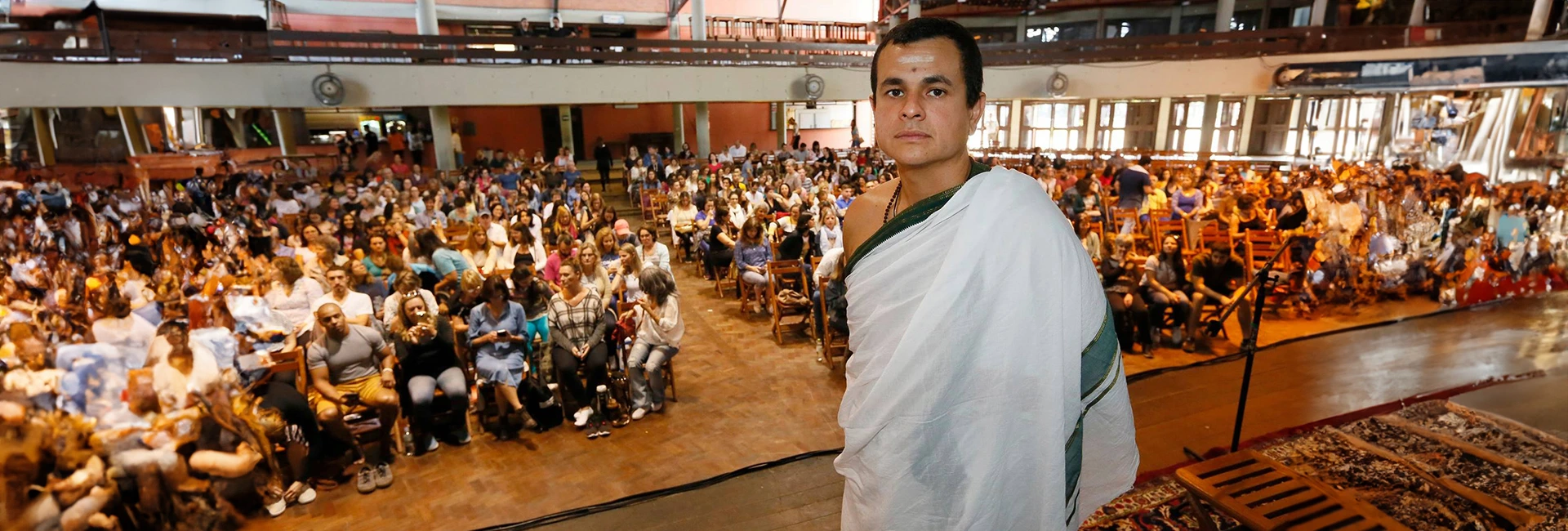
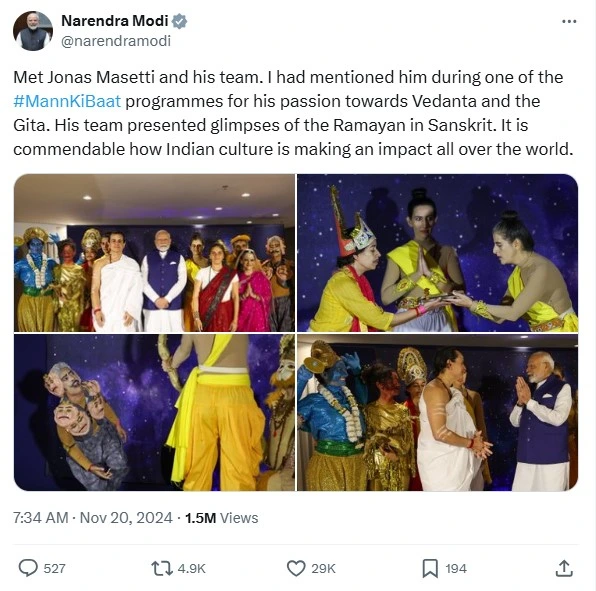
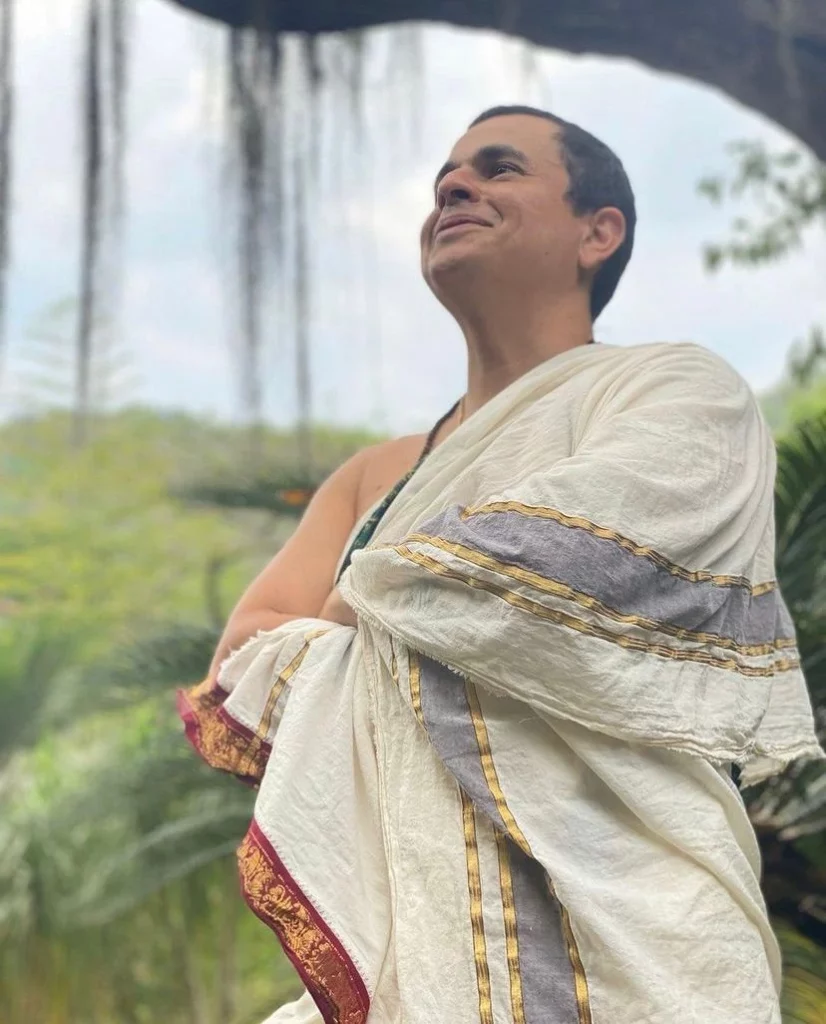 Jonas Masetti[/caption]
Jonas Masetti[/caption]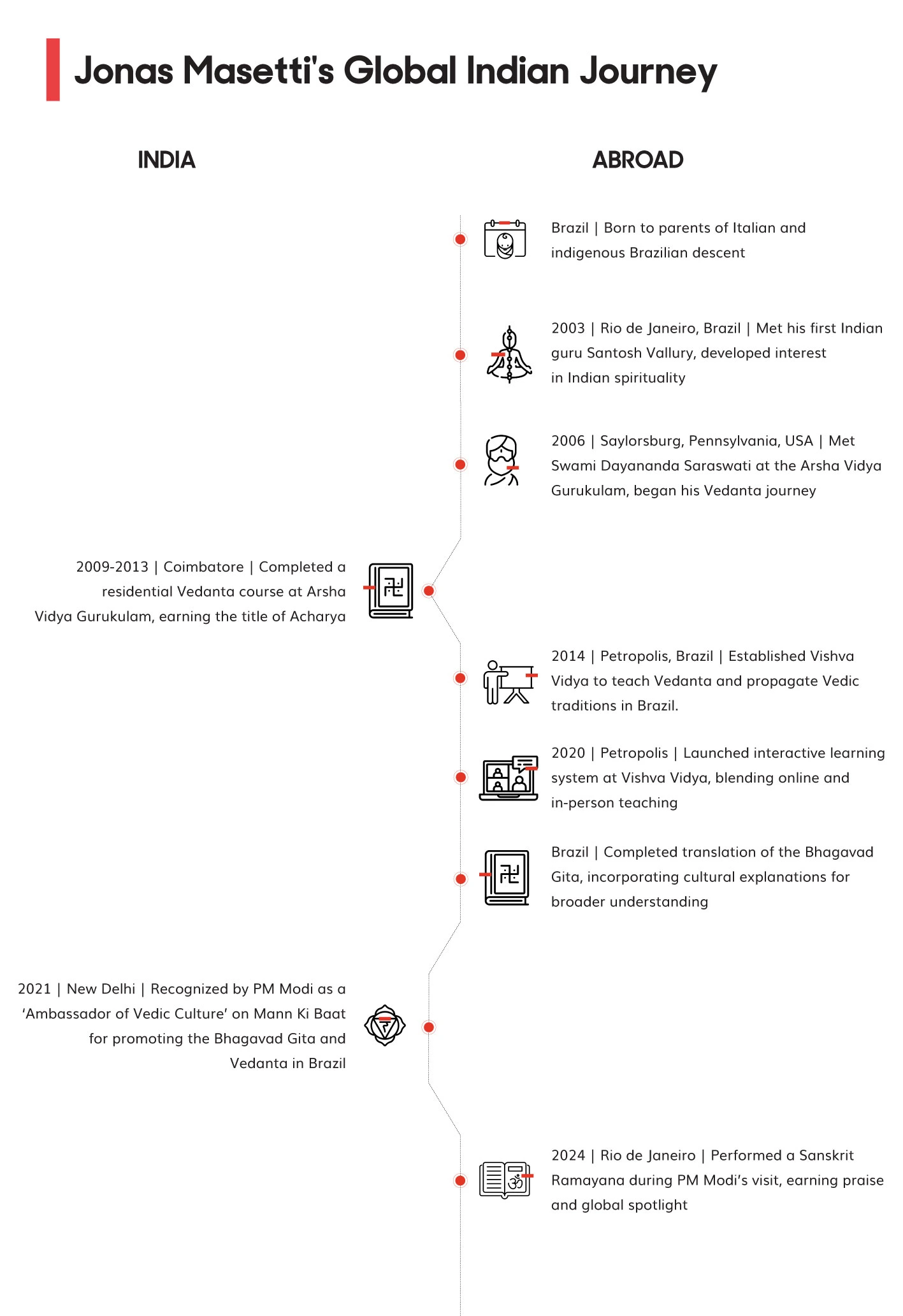
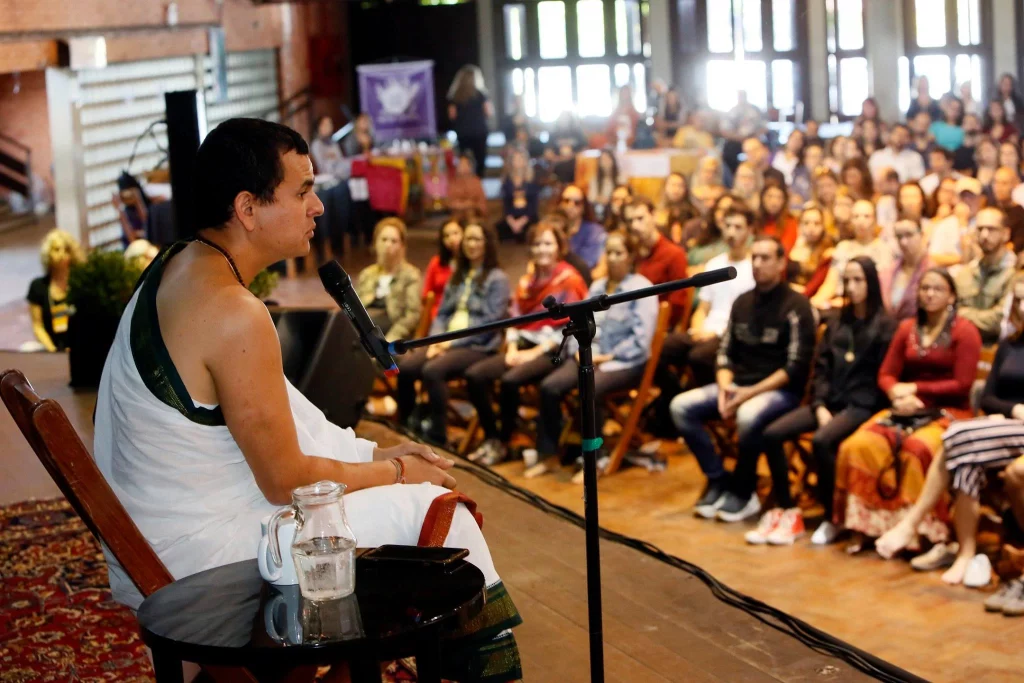 Jonas during one of his sessions[/caption]
Jonas during one of his sessions[/caption]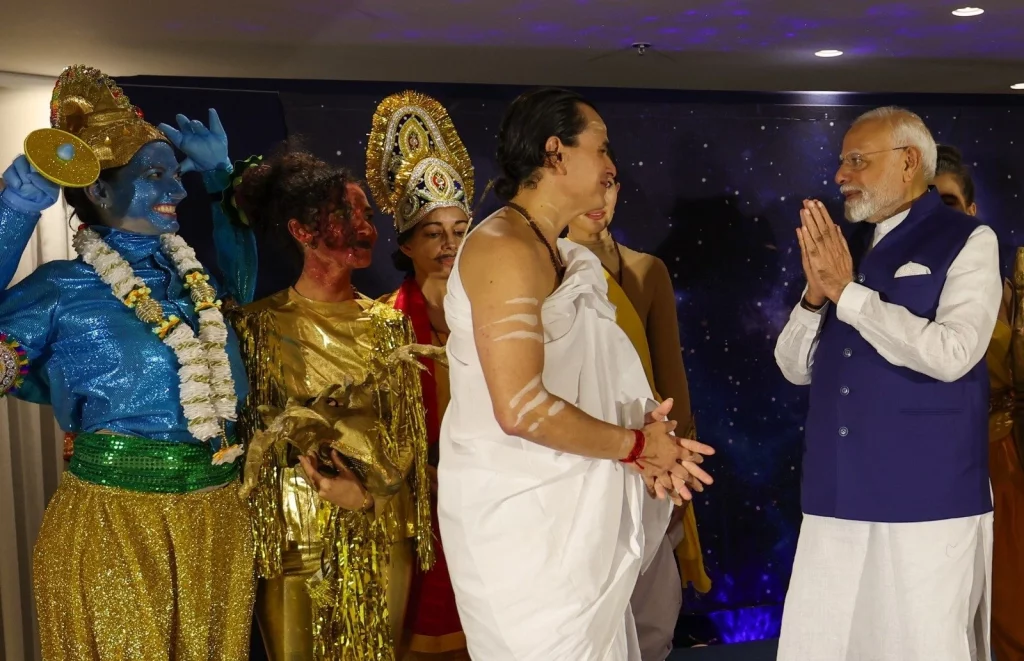 Jonas Masetti with PM Modi during the latter's recent visit to Brazil[/caption]
Jonas Masetti with PM Modi during the latter's recent visit to Brazil[/caption]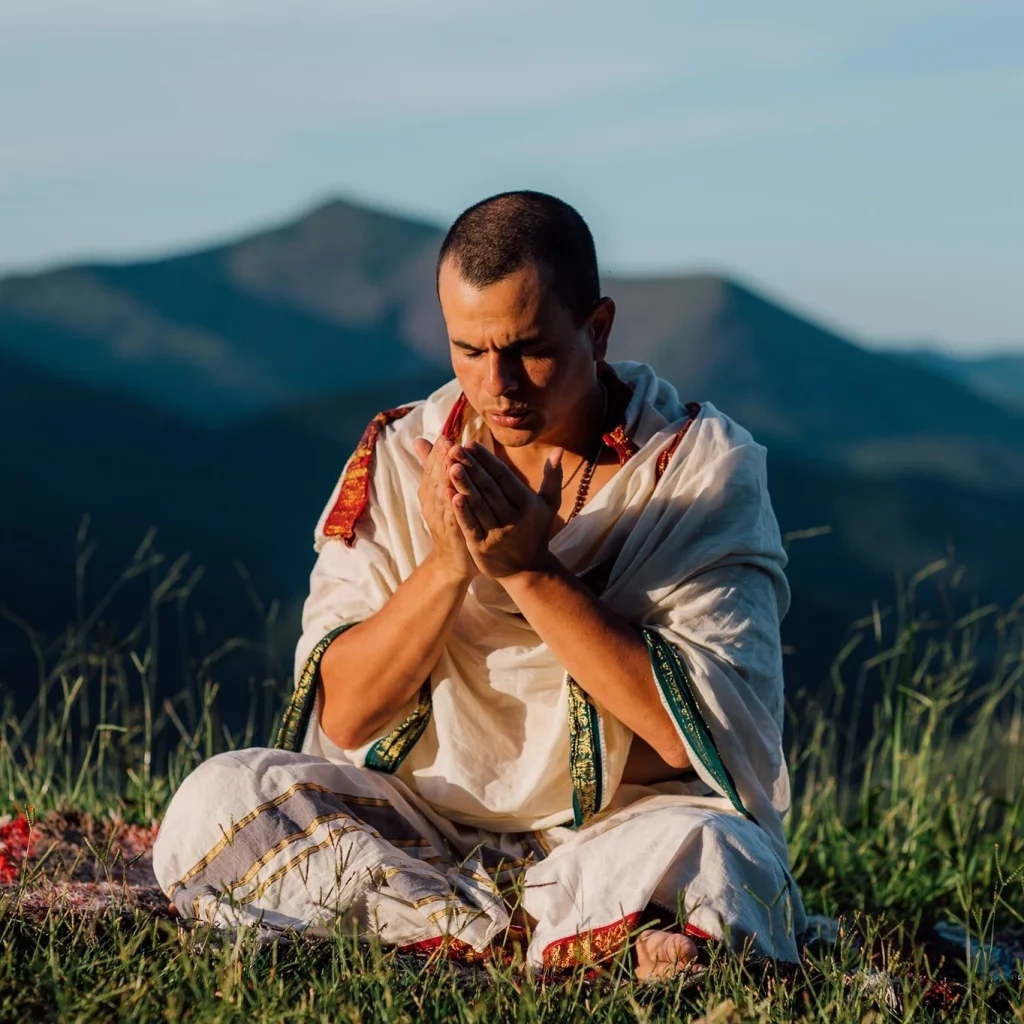 Jonas Masetti[/caption]
Jonas Masetti[/caption]


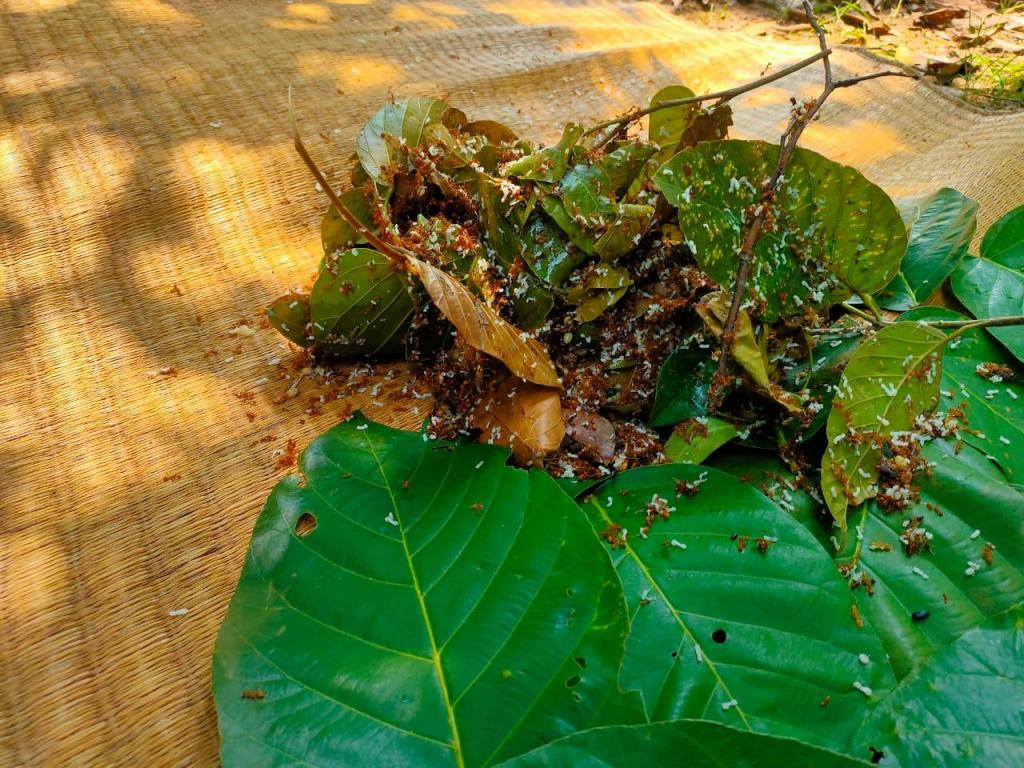
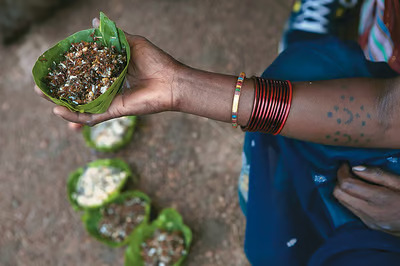

 Raj and Bina Sharma[/caption]
Raj and Bina Sharma[/caption]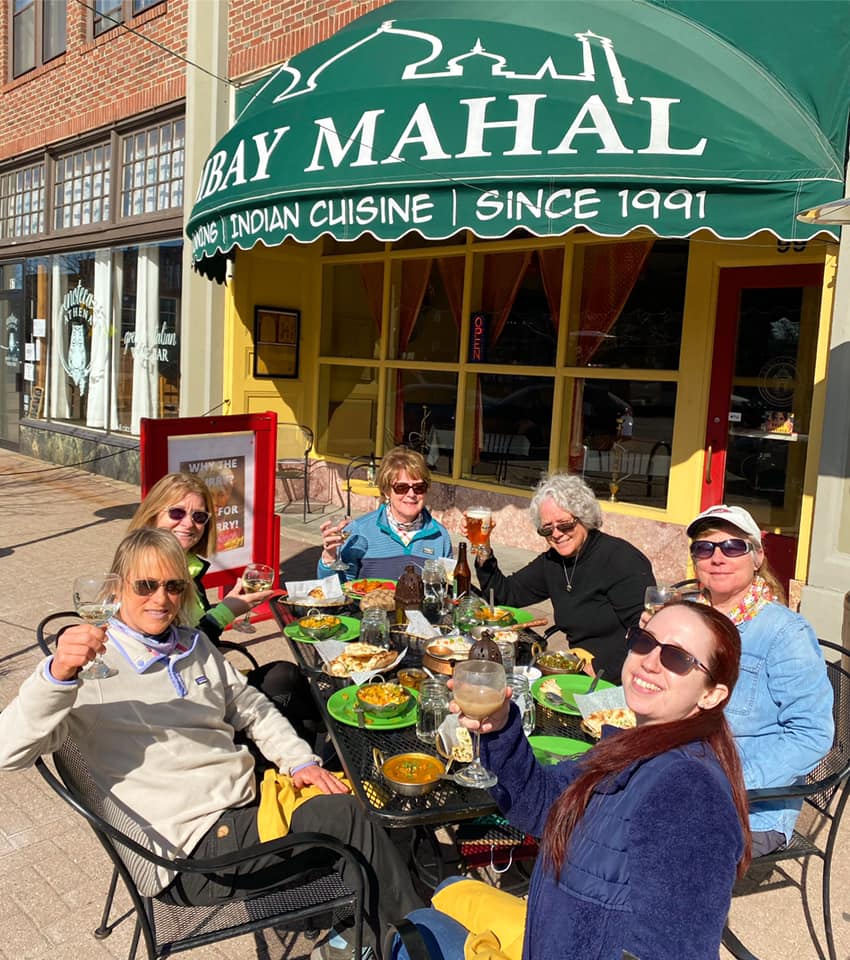 Bombay Mahal[/caption]
Bombay Mahal[/caption]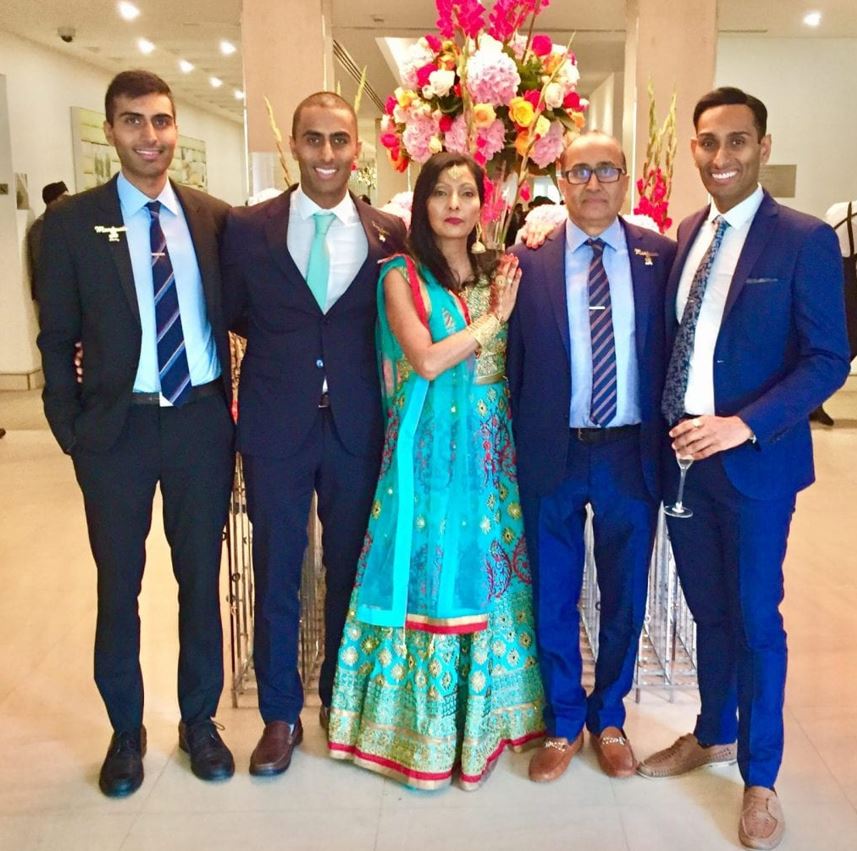 Raj and Bina Sharma with Vikash, Vanit and Sumit[/caption]
Raj and Bina Sharma with Vikash, Vanit and Sumit[/caption]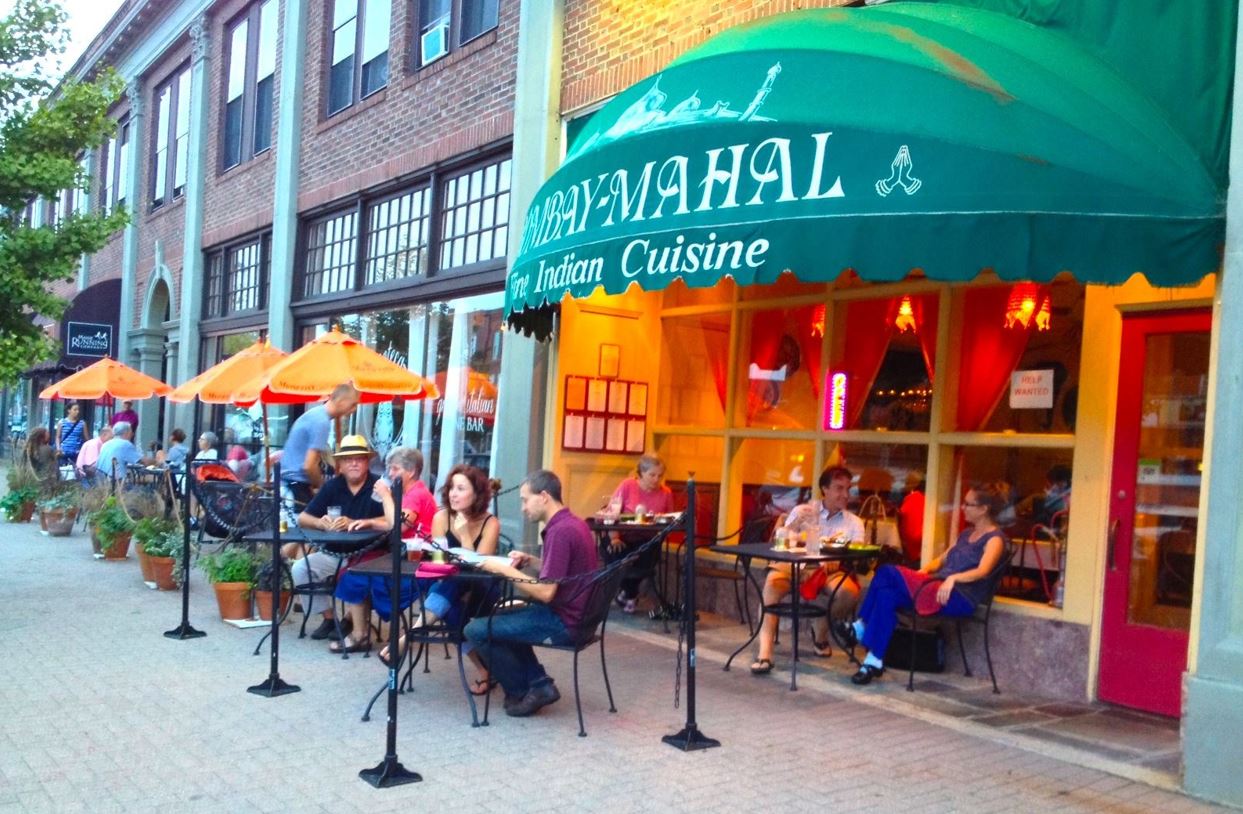 Bombay Mahal[/caption]
Bombay Mahal[/caption]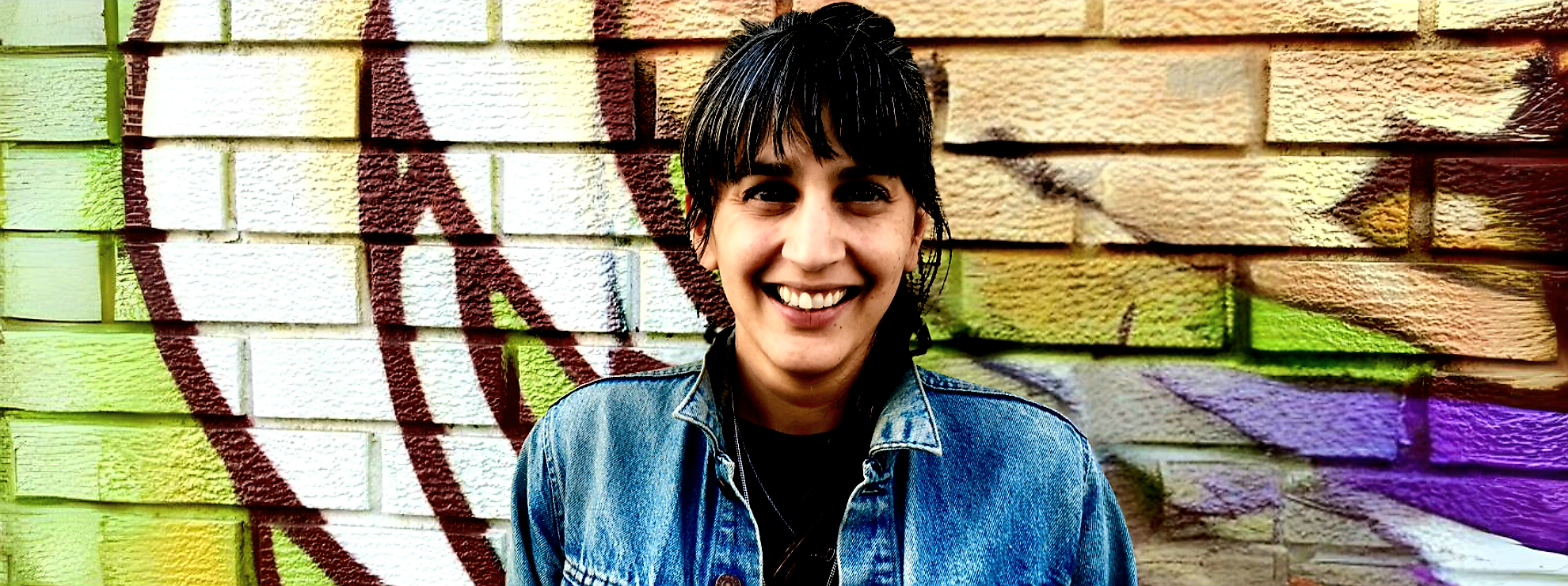
 Nadiya Chettiar[/caption]
Nadiya Chettiar[/caption]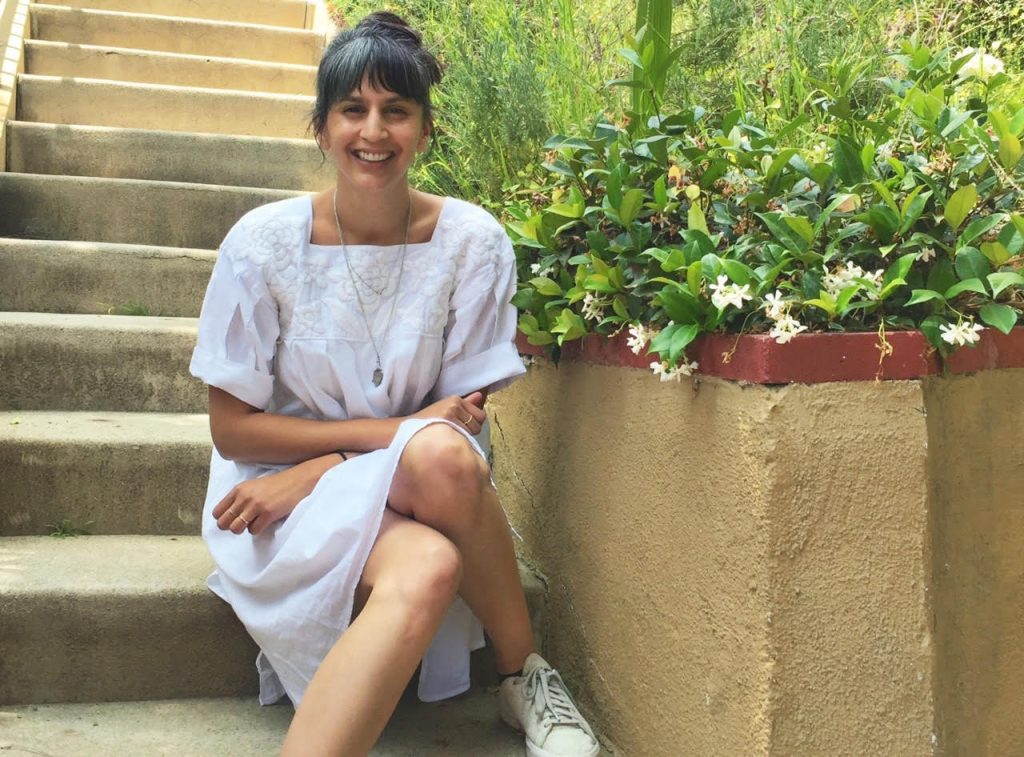 Photo: Write Your Voice[/caption]
Photo: Write Your Voice[/caption]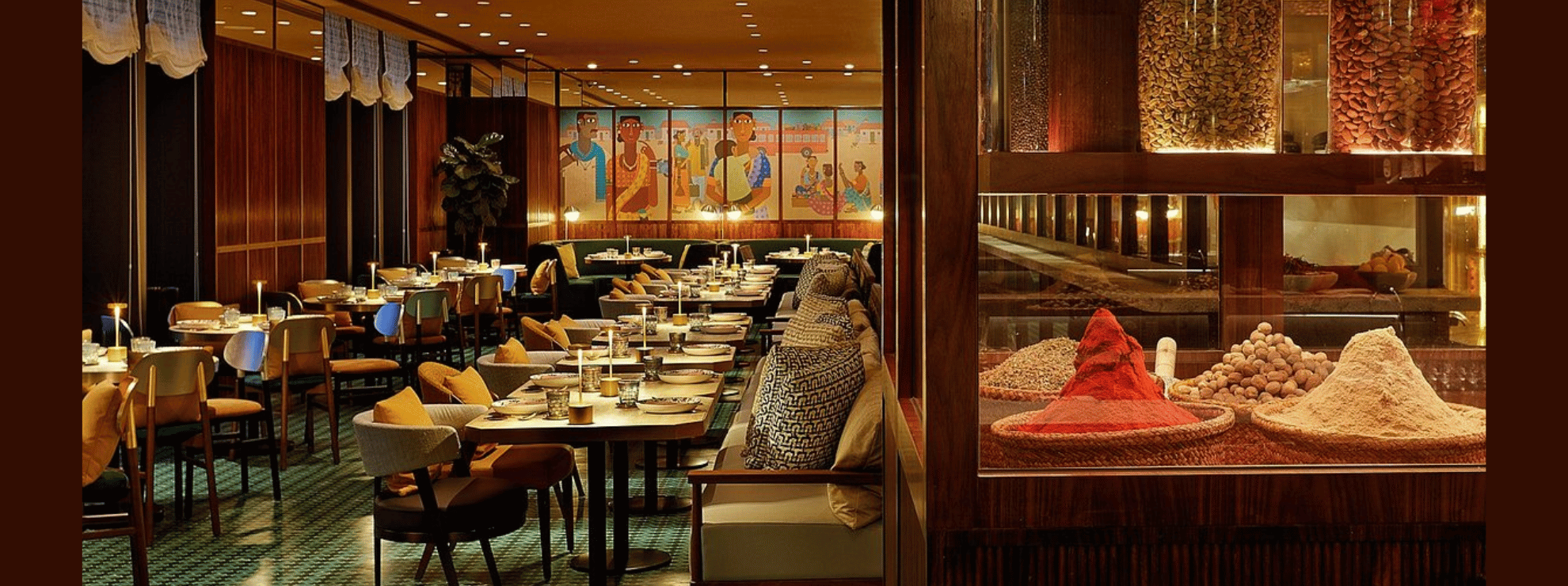
 Chef Manav Tuli[/caption]
Chef Manav Tuli[/caption]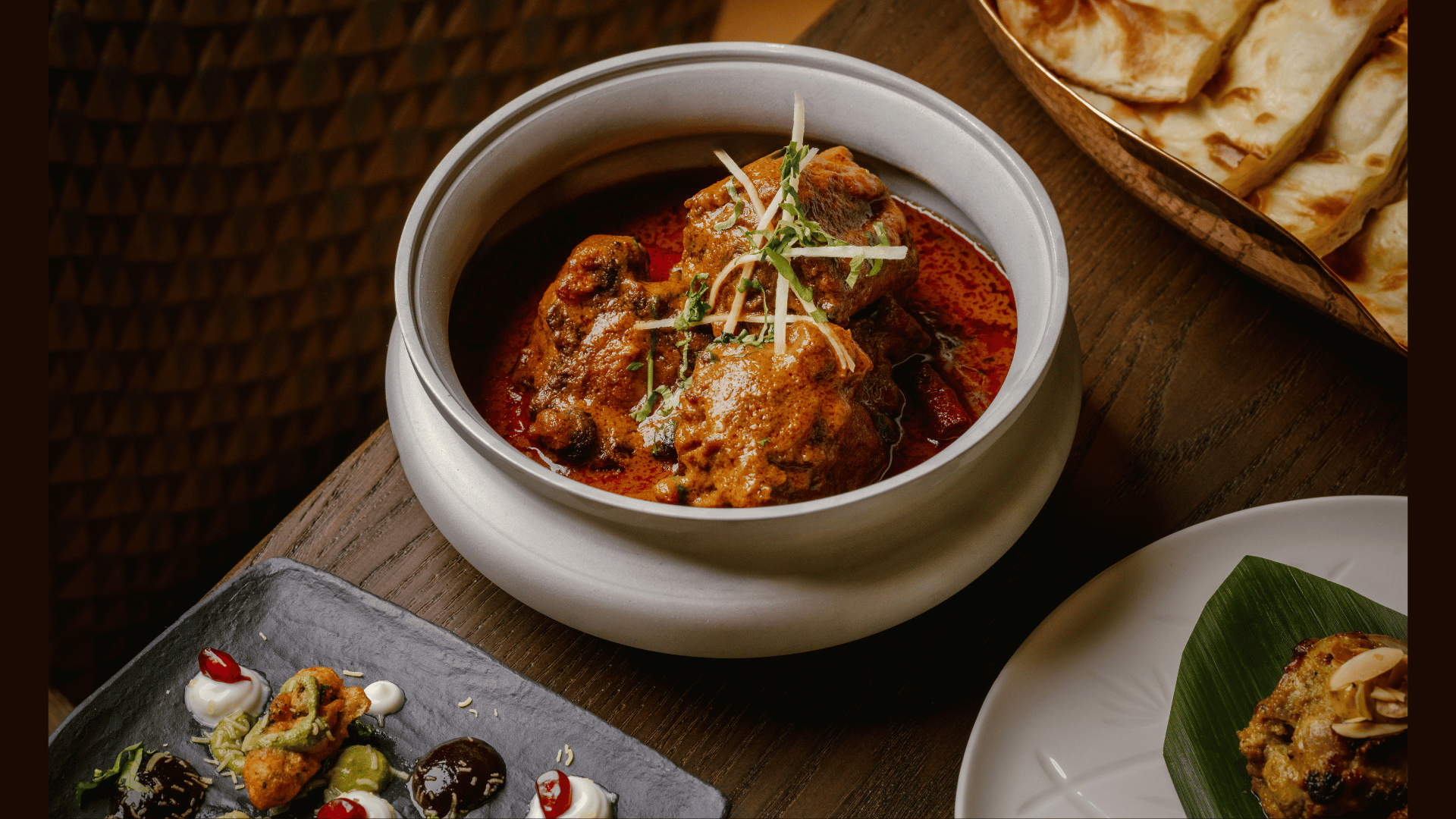 Chakundar Oxtail Ghosht[/caption]
Chakundar Oxtail Ghosht[/caption]